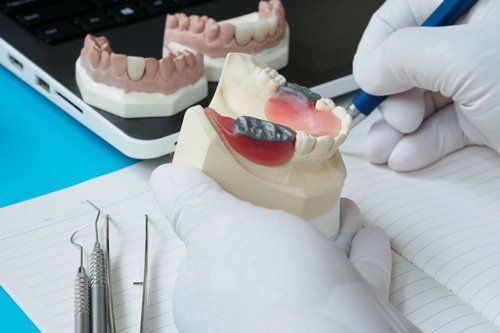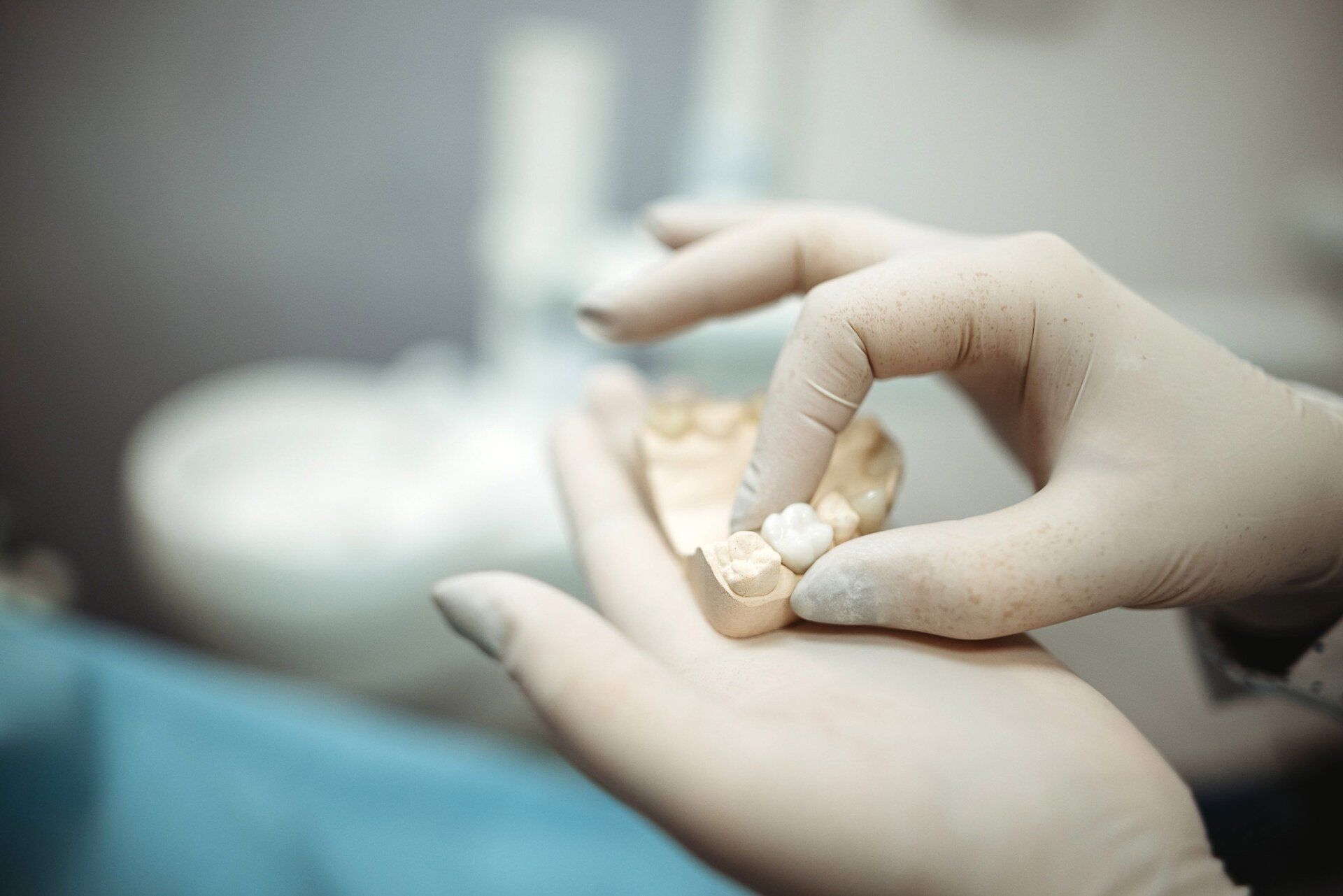What to Know Before You Get a Dental Bridge

Many Americans have missing teeth, and it can make you want to hide your smile. There are many options for replacing missing teeth, but dental bridges are popular for their many benefits. If you are considering getting a dental bridge to replace a missing tooth, check out these five facts you should know first.
1. Provide a More Durable Solution Then Dentures
Dentures are a common way to replace missing teeth because they are affordable. While a full set of dentures will replace all your teeth, a partial denture can be used to replace a single tooth or more. However, dentures are unstable, and they may move when you speak, laugh or eat. In fact, you may have to avoid certain foods because they may damage or dislodge the dentures.
Dental bridges, however, are bonded to teeth, making the bridge a more durable option, so you don't have to worry about hiding your smile when you laugh or avoiding certain foods.
2. May Affect Healthy Teeth
A traditional bridge works by using healthy teeth to anchor the fake tooth. This process is done by attaching crowns to each side of the fake tooth/teeth. The crowns cover the anchor teeth, and the fake tooth or teeth fill in the gap to make your smile look complete.
However, in order for the bridge to fit, the healthy anchor teeth must be filed down to remove the enamel. This exposes the teeth to sensitivity and decay, but the bridge, bonded to the teeth, protects the teeth. This filing, however, is permanent. Your teeth's enamel will not return.
3. Some Are Removable
One problem with dental bridges is cleaning under the bridge. Food partials, plaque and bacteria can get trapped under the fake tooth. This situation increases the risk of decay to the anchor teeth, but it can also irritate gums, increasing the risk of gum disease. You'll likely need special floss to clean under the bridge.
You can, however, purchase a removable bridge. Many professional services can set you up with a special removable bridge. They use crowns or a metal framework to hold the bridge in place. This type of bridge makes it easier to clean your teeth, gums, and the bridge.
4. Made From Various Materials
Bridges are made from various materials, including metal, composite, and porcelain. Metal bridges are the more durable option, but they are unattractive, making them better for back teeth, which need more strength and durability.
Composite and porcelain crowns are tooth-colored, but porcelain looks more like natural teeth than composite. Porcelain crowns are the more expensive option because they correct structural and cosmetic concerns.
On front teeth, all-porcelain crowns are typically used because of their beauty, but for added strength, porcelain-fused-to-metal crowns are used on back teeth. Insurance may cover some cost, depending on the location in your mouth and material used.
5. Continue Following Excellent Oral Hygiene Habits
The process of getting a dental bridge permanently alters healthy teeth, but the dental bridge protects these teeth better than tooth enamel. They are almost invulnerable to bacteria and decay.
However, bridges, especially metal bridges, can irritate the gum line. Overtime, this may create small pockets between the teeth and gum, which allow bacteria to enter. The bacteria may attack the tooth's root or even the bridge structure.
For this reason, you must still follow excellent oral hygiene habits to prevent as much gum recession and tartar as possible.
Whether you want a permanent or removable bridge, we can help give you the beautiful smile you've always wanted. At New England Dental Health Services P.C., our caring staff is ready to answer your questions about dental bridges or other procedures. For more information, contact us today.






